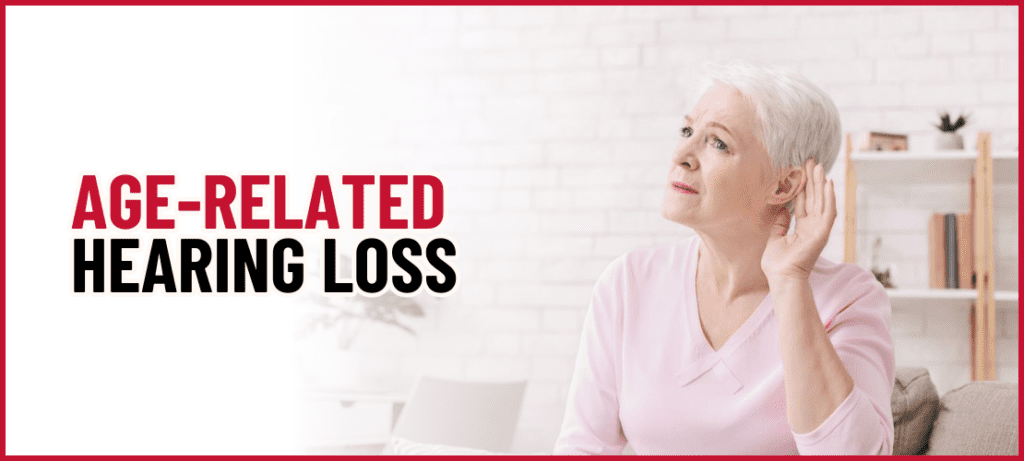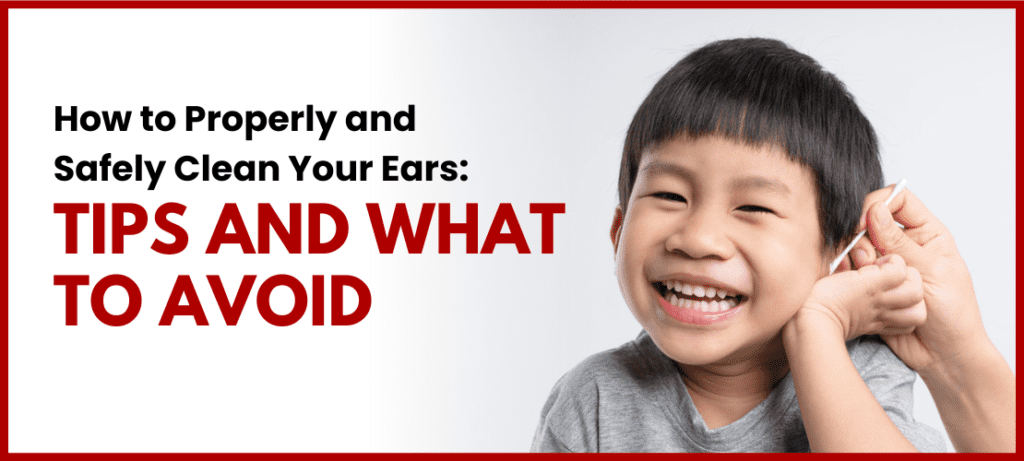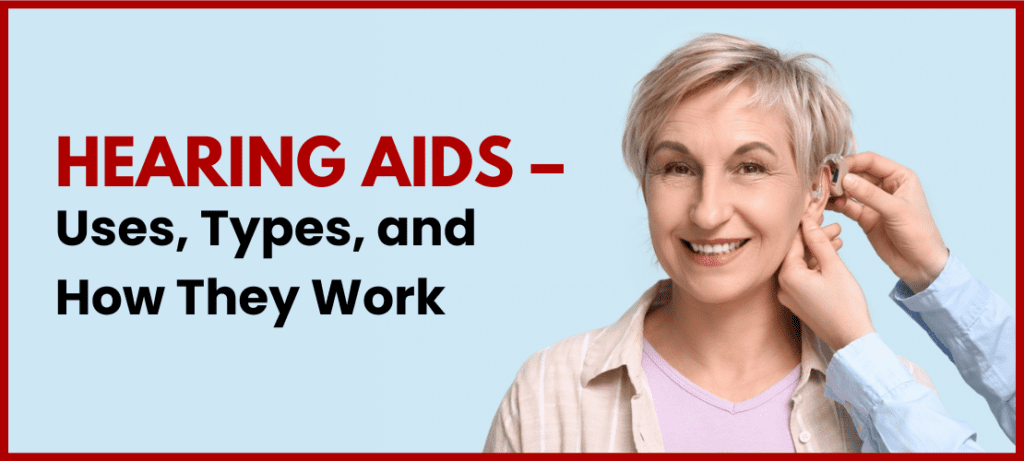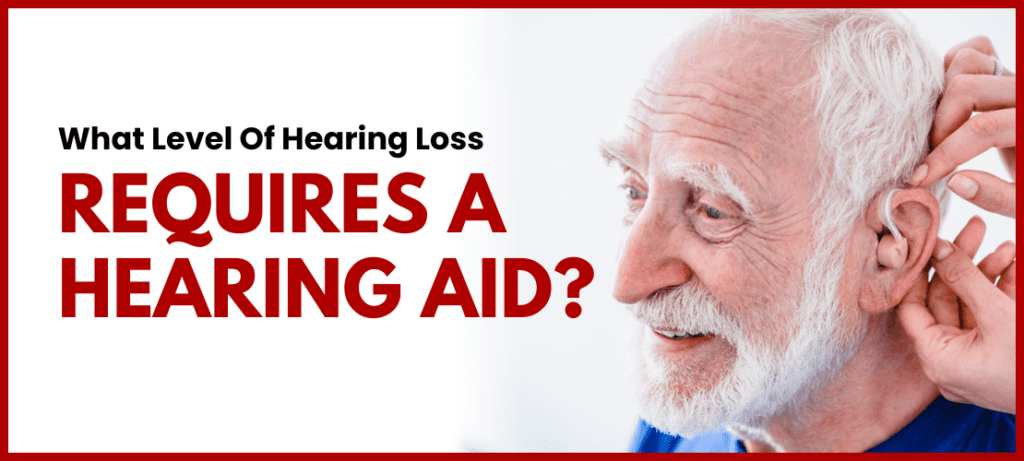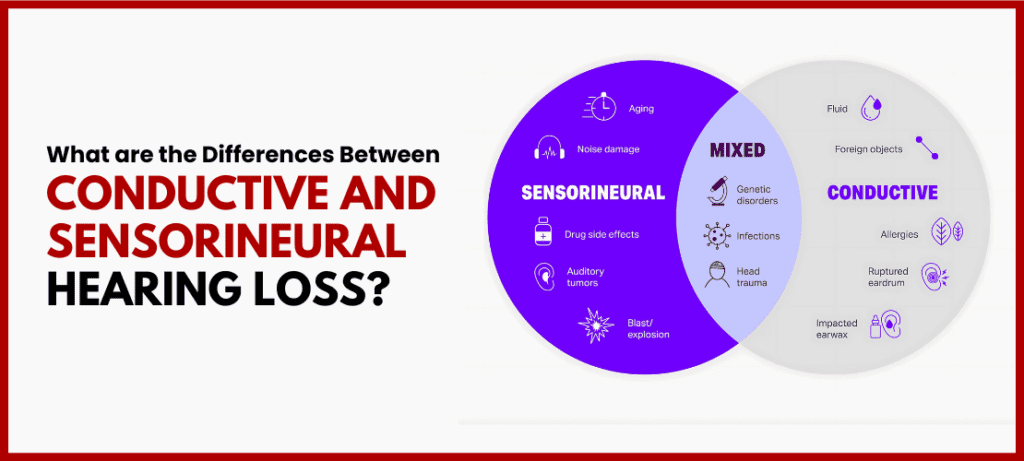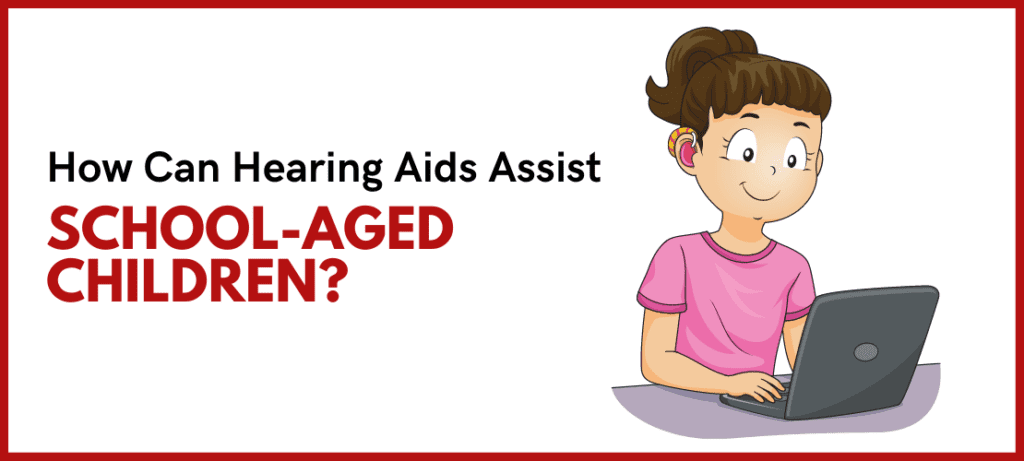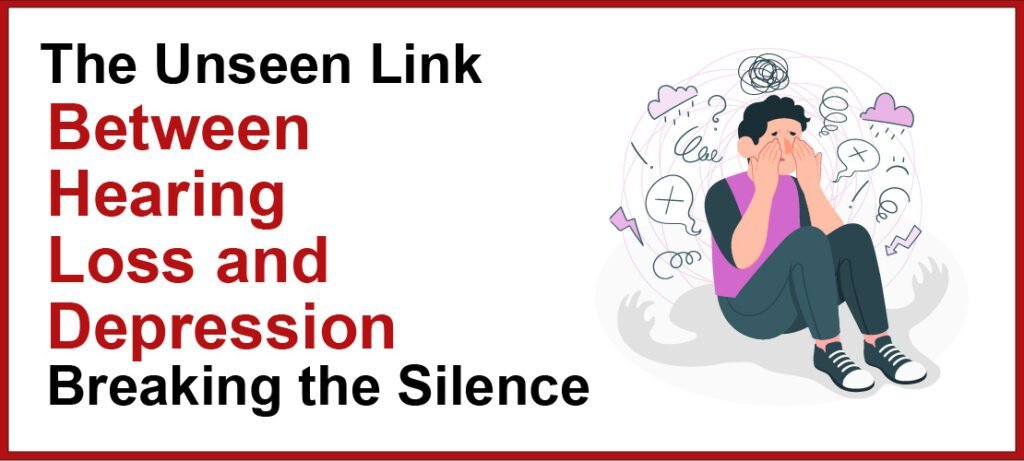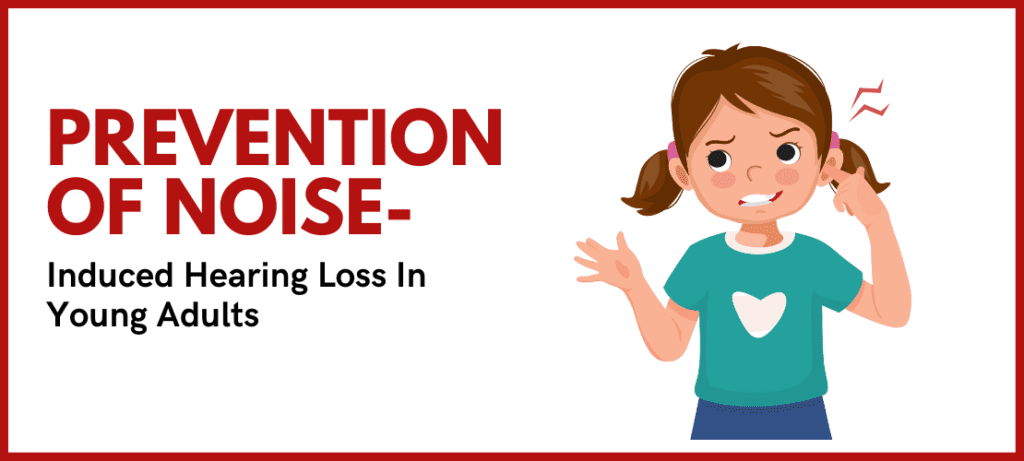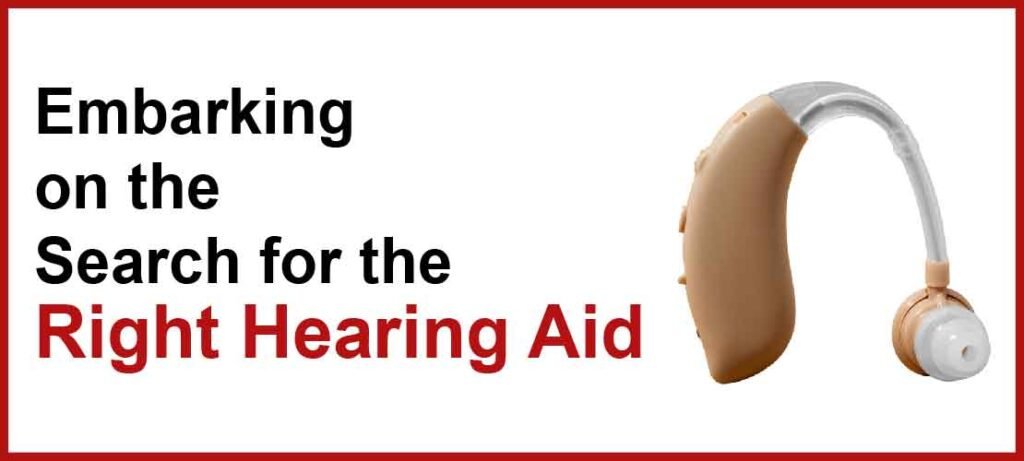Single Sided Deafness
Table of Contents

Living with Single Sided Deafness: A Comprehensive Guide for Children and Adults
Profound unilateral sensorineural hearing loss, often termed Single-Sided Deafness (SSD), refers to clinically-unaidable hearing loss as defined by severe-to-profound hearing thresholds with poor word recognition ability while having near normal hearing on the other side.
Have you ever tried blocking one ear and listening to the sounds around you? The experience is somewhat similar for those living with single sided deafness. This condition can stunt their spatial awareness significantly and significantly increase the difficulty of understanding speech in a noisy environment. This comprehensive guide aims to delve into the intricacies of single sided deafness, its causes and symptoms, the numerous ways in which people of all age groups manage it, and the advanced treatment options available today.
An Overview: Understanding Single Sided Deafness in Children and Adults
Single sided deafness, often referred to as unilateral hearing loss, is a condition where an individual experiences severe to profound hearing loss in one ear while the other functions normally. This could occur due to trauma or an organic cause, like the presence of a benign tumor called acoustic neuroma. Acquiring an understanding of this condition and its implications is a crucial first step for diagnosis, management, and treatment.
Unheard Stories: The Causes of Single Sided Deafness
1) Although generally idiopathic in nature, sudden single sided deafness in adults is one of the most common presentation and is often treatable.
2) Temporal bone injury
3) infections and autoimmune disorders
4) Neurological causes like acoustic neuroma
5) congenital in case of children
While there could be several reasons behind the onset of single sided deafness, head trauma or head injuries are quite common. These could occur either during childhood or adulthood. Quite commonly, the condition can also be caused by an acoustic neuroma, a benign tumor that affects the auditory nerve
Deafness on One Side: Spotting the Signs of Single Sided Deafness
-
- Some symptoms are common among those suffering from single sided deafness:
- Difficulty in understanding soft speech
- Delayed speech and language development in children, affecting academic performance
- Difficulty in identifying the source or direction of a sound
- Challenges in understanding speech or following a conversation in a noisy environment or a crowded space or in a group
Timely recognition of these symptoms translates to early intervention and support.
Walking with Echo: How People Manage Single Sided Deafness
Living with single sided deafness presents its unique set of challenges. However, with appropriate tools and supportive environments, children and adults can learn to manage this condition effectively.
Echoes in Childhood: Adapting to Single Sided Deafness
The role of parents and teachers is critical in creating supportive environments for children with single sided deafness. They can adapt teaching methods and home environments to the child’s requirements. Technologies such as bone conduction devices can prove immensely helpful as well.
Echoes in Adulthood: Developing Coping Mechanisms
As adults, individuals often develop their own unique coping mechanisms. They might rely more on their functional ear or employ strategies to enhance their communication, such as facing the person they’re talking to or choosing the right seating in a meeting or a classroom to optimize hearing. Assistive hearing devices and cochlear implants might also come into the picture for managing single sided deafness in adults.
Exploring New Horizons: Rehabilitative treatment options
Bone Conduction, CROS , and Cochlear Implants
There are several treatment options for single-sided deafness, each with its own unique set of advantages and shortcomings. The most suitable choice would largely depend upon the patient’s individual circumstances and preferences.
Sound through Silent Pathways: Bone Conduction Devices/ bone anchored hearing aids
They function by transferring the sound from the affected side to the functional side. It does not provide real binaural advantage
One of the innovative treatment options for single-sided deafness is using bone conduction devices. These devices transmit sound waves directly to the cochlea via the cranial bones, bypassing the outer and middle ears. They are available in both surgically implanted and non-implanted versions.
Making Connections: CROS hearing Aids
Contralateral Routing of Signal (CROS) hearing aids are an effective solution for single sided deafness. They consist of two parts – a microphone to pick up sound from the side of the deaf ear, and a receiver to transmit it into the good ear. This approach helps ensure that sounds from all directions reach the functioning ear. However, as an individual needs to wear a device on both ears, it is not a very easily accepted solution.
Hearing Solutions: Cochlear Implants
Cochlear implants can also be a game-changer for individuals with single-sided deafness. It entails a surgical procedure to implant an electronic device that bypasses damaged cells in the cochlea and directly stimulates the auditory nerve.
One Ear, One World: Adapting to the Journey of Single Sided Deafness
Living with single sided deafness is indeed a unique journey that requires deep understanding, empathy, and access to the right resources. But with strong support systems, appropriate interventions, and advanced technologies in place, individuals with single-sided deafness can lead fulfilling lives, never letting their condition limit them.
Example – John, who became a successful lawyer even with his single-sided deafness – he turned this perceived limitation into his strength as it made him more reliant on detailed textual analysis in his law practice. Today, he champions the cause of inclusivity for people with disabilities in the workplace. In the end, it is all about embracing the symphony of life, even if it comes in mono.
Related Post
-
 Hearing Loss: Types, Symptoms, Causes & Treatment
Hearing Loss: Types, Symptoms, Causes & Treatment -
 Age-Related Hearing Loss (Presbycusis)
Age-Related Hearing Loss (Presbycusis) -
 How to Safely and Properly Clean Your Ears- Methods & What to Avoid
How to Safely and Properly Clean Your Ears- Methods & What to Avoid -
 Hearing Aids- Benefits, Different Styles/Types and How They Work
Hearing Aids- Benefits, Different Styles/Types and How They Work -
 What Level Of Hearing Loss Requires A Hearing Aid?
What Level Of Hearing Loss Requires A Hearing Aid? -
 Differences Between Conductive and Sensorineural Hearing Loss
Differences Between Conductive and Sensorineural Hearing Loss -
 When is the correct time to upgrade Hearing Aids?
When is the correct time to upgrade Hearing Aids? -
 How Can Hearing Aids Assist School Aged Children?
How Can Hearing Aids Assist School Aged Children? -
 The Impact of Hearing Loss on Cognition
The Impact of Hearing Loss on Cognition -
 Hearing Resides in Your Brain, Not Just Your Ears
Hearing Resides in Your Brain, Not Just Your Ears -
 Exploring Link Between Hearing Loss and Depression_ Breaking the Silence
Exploring Link Between Hearing Loss and Depression_ Breaking the Silence -
 New Hearing Aids? Here’s How To Make The Most Of The Device
New Hearing Aids? Here’s How To Make The Most Of The Device -
 The Unseen Link Between Diabetes and Hearing Loss
The Unseen Link Between Diabetes and Hearing Loss -
 Prevention of Noise-Induced Hearing Loss In Young Adults
Prevention of Noise-Induced Hearing Loss In Young Adults -
 Embarking on the Search for the Right Hearing Aid
Embarking on the Search for the Right Hearing Aid


